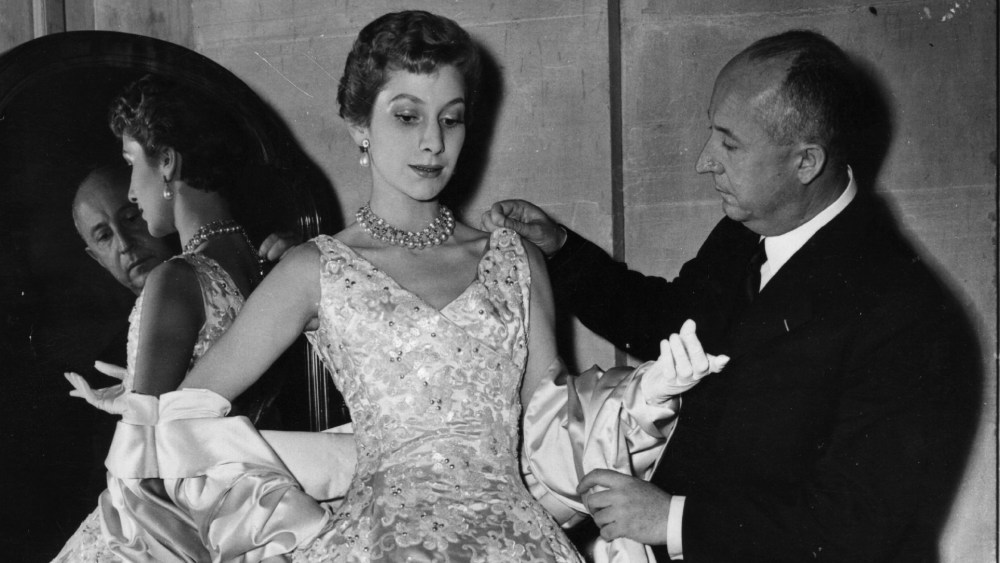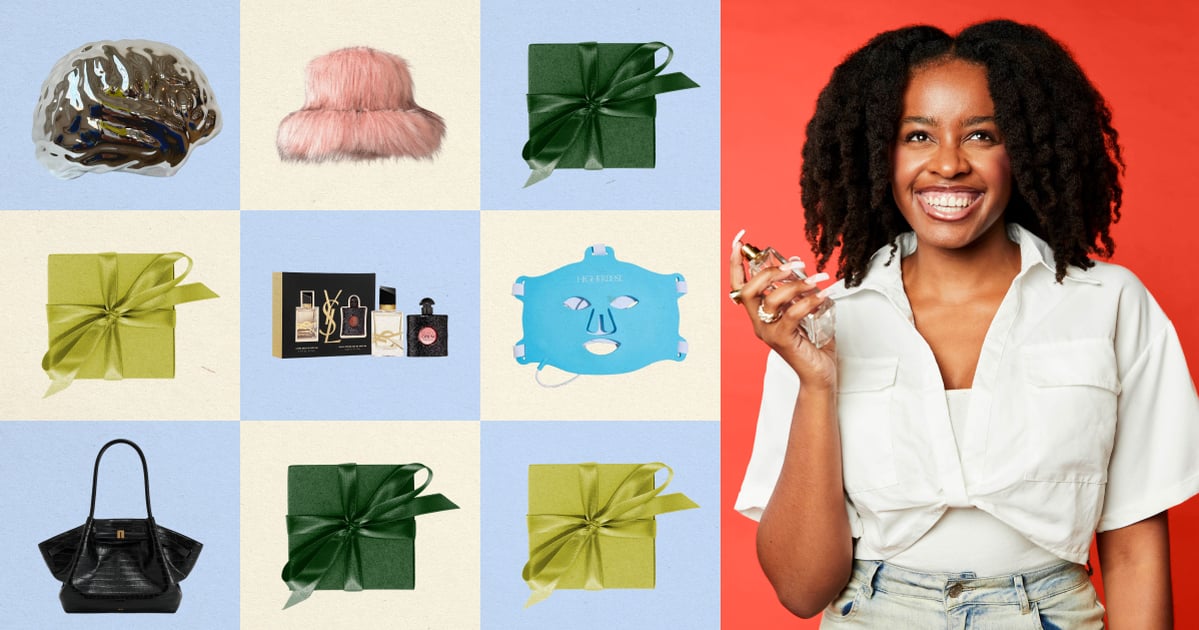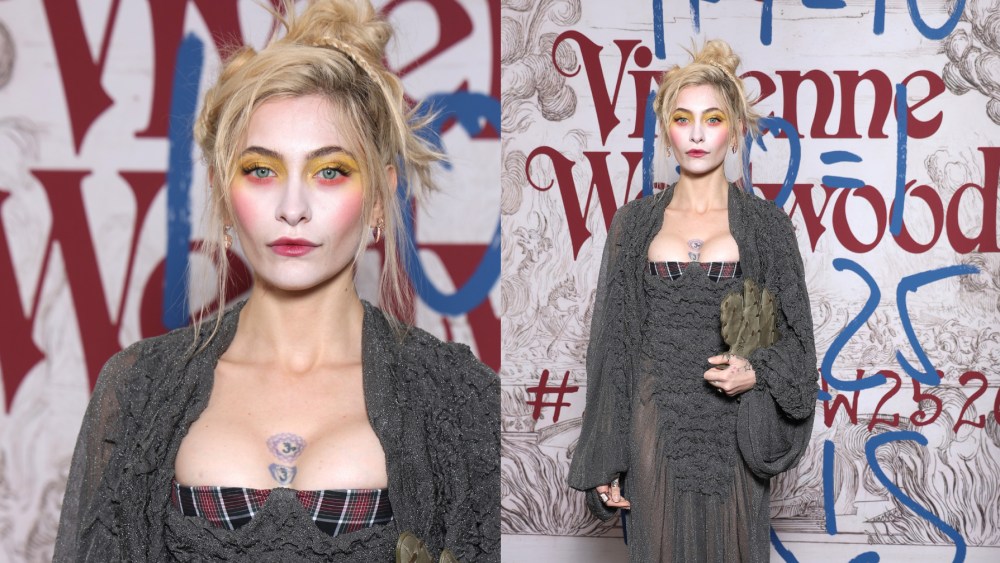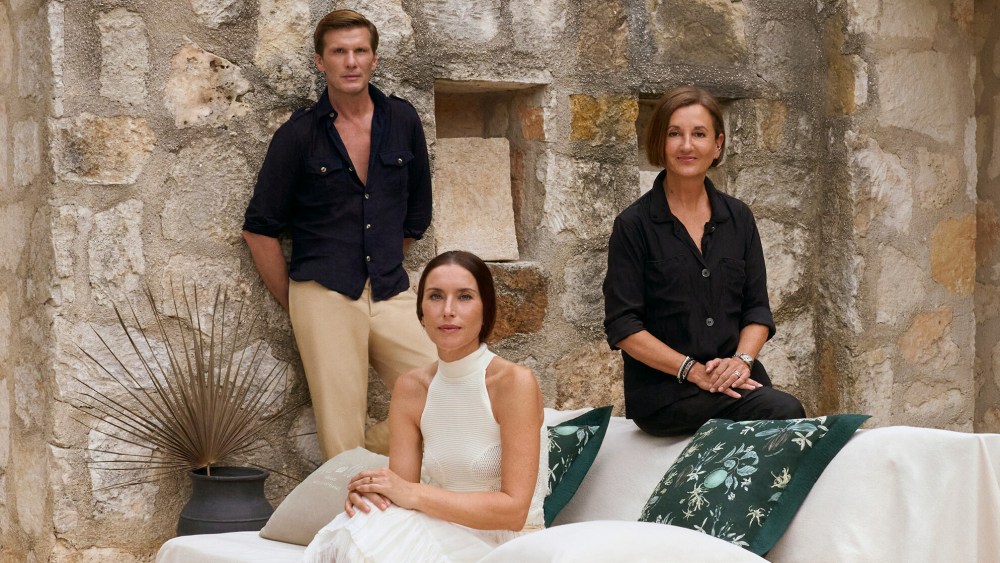Establishing the DNA of a brand can take years. Christian Dior (1905-1957) created the vision and the blueprint for the House of Dior he founded in 1946 immediately. The “New Look,” the name given by the fashion press, was the new post-WWII feminine ideal that fashion needed. The rest is modern fashion history as we know it. Christian Dior’s most famous silhouettes, inclusive of the “Bar” suit and Corelle silhouettes’ jutting-out hipline, corseted whittled waist and rounded shoulders, has inspired women’s dress styles for decades and counting.
WWD watched Dior’s rise before his untimely death in 1957 — his tenure exactly a decade. On July 19, 1956, WWD interviewed Dior, who expounded on his self-written tome, titled “Christian Dior et Moi,” describing the evolution of his design process. Here, a reproduction of the article that ran in Women’s Wear Daily on July 20, 1956, including Dior’s thoughts on the WWD’s support of him and its succinct coverage of all things informing the fashion industry 365 days of the year.
Christian Dior would have been 120 years old on Jan. 11, 2025.
You May Also Like

Paris Bureau
CHRISTIAN DIOR ET MOI, by Christian Dior. Amiot-Dumont, Paris. 236 pp.
PARIS, July 19 — To one of the “ New Look” generation, whose introduction to fashion was in 1947, “Christian Dior Et Moi” retains a fairy-tale atmosphere in spite of its contemporary outlook. Mr. Dior, the author, writes about Dior, the world-renowned couturier, and the relation of this figure to Christian Dior the individual.
Success, as seen by Mr. Dior, implies sticking to one’s ideals for big problems such as location of the new house, and attention to small details, as well as the capacity for personality-splitting to cope with the responsibilities and servitudes of fame.
Going backstage, the book shows the creation and evolution of a couture collection. “Fashion evolves under impulse of desire, and changes through weariness” says the author who starts to “feel” his new collection on the opening day of its predecessor. He follows the fate of “his children” through the press, reactions of staff and private customers for three months, then takes off to his country house, a windmill near Paris, to think.
For him, the New York ready-to-wear collections play the part of prewar couture mid-seasons. They mark the transition between the previous silhouette and already carry some of the themes for the future Paris lines.
He works in the country, “scribbling everywhere, in bed, in the bath, at table, in the car, walking in the sunshine, under the lamp, daytime, nighttime.”
Sketches Selected
His ideas jelling, he then sketches variations of these until “this madness drops, then I proceed” like the pastrymaker who lets his well-mixed batter rest.
Back in the disciplined atmosphere of the Avenue Montaigne studio, Mr. Dior selects his sketches with Mme. Marguerite, Mme. Raymonde, and Mme. Bricard, his collaborators, who have been with him since he opened in 1947. The sketches are handed to the various ateliers for “interpretation.” From the start work is directed so that finished products have “signification d’ensemble.”
“From the Toile of the Dress” is the next step. The first muslins, about 60, reproduce the most significant of Mr. Dior’s sketches. They are basic silhouettes, showing lines and cut, but no details, unless these are in one with the body of the garment. “Lapels, bows, pockets, cuffs or belts will be added later.”
He pays tribute to the “jeunes filles,” as mannequins are called in the couture. “The dress and its mannequin are often as inseparable as the dress and its fabric.” In the Dior cabine, some of them can wear anything, others must have models in harmony with their silhouette, their style and looks.
Fabrics are chosen two months before Mr. Dior starts sketching. Suppliers come from Paris, Lyons, Roubaix, London, Milan, Zurich — or even further. Some of the fabric houses show their collections accompanied by trunk-carrying salesmen displaying them to advantage, like the treasures of “The Thousand and One Nights.” Others carry a small case holding postage-stamp-sized samples.
Evolution of Designs
Designs and patterns are inspired by the successes of the past season, again suggesting evolution rather than revolution. The fabrics are selected “because they seem to be adapted to the form I seek,” rather than because of beautiful color.
The time for the last rehearsal comes when hats, shoes and accessories are chosen for the various models. The latter are brought from a cart by “Boutonnette,” who “trims the Christmas tree,” adding buttons, trying on earrings, veilings, and other ornaments.
On the morning of the collection which to him is like a party, the “host” walks through the house, checking details such as the floral arrangement of disposition of dresses in the boutique.
He describes the intricacy of seating plans, whether for press or American buyers. From the excitement of the morning (press) to the silent concentration of the afternoon (retailers) the “jeunes filles” pass through the various salons, hoping for applause. But the buyers are mute, and “the bravos, rare and far between.”
In the beginning, Mr. Dior gives a brief history of the house and how he started. Among the friends of early days, he cites B. J. Perkins, retired European director of WOMEN’S WEAR DAILY. “This paper, by a prodigy of editorial and advertising, manages to find enough material in women’s apparel to publish daily, 50 pages on fashion throughout the United States.”
At time of writing, the book has not yet been sold to a United States publisher. It will appear in London at the end of the year.



